"The panty shot is very traditional in Japan," Nobuyoshi Araki said, "but I don't really like that any longer. Now I want more! more! more!"
Araki was ebullient during the opening of his exhibition at the Taipei Fine Arts Museum. From the press conference to the karaoke outing, he lived the role of the flamboyant art star. At the opening itself, he pranced around like a frolicking satyr in spangled tuxedo tails. His photographs, which are in many ways autobiographical, let people know he has seen a Bacchanalia or two in his time.
Araki, as everybody calls him, is arguably Japan's most important living photographer. He is famous there for television appearances and his eccentric showmanship. He is also critically acclaimed among international art circles. His entrance into the pantheon of high art was confirmed a few years ago when he exhibited with Nan Goldin and Larry Clark, two of the hottest photographers in the New York art scene.
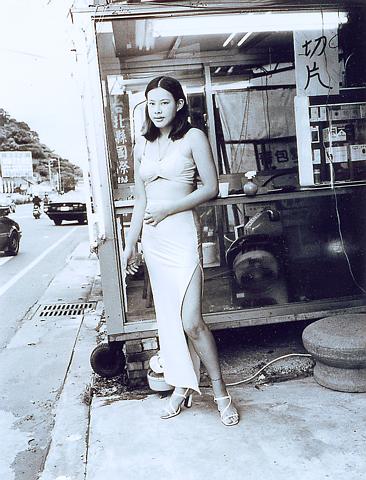
His current show at the Taipei Fine Arts Museum, Araki Alive (until Nov. 28), is the second of four exhibitions that will continue to make the case for his eminence. Araki was allowed his first show at a public Japanese museum, MOT, this spring. Major solo exhibitions in France and Italy will follow next year.
Though the current focus is on Araki the famous artist, he is perhaps more infamous than famous -- as one of Japan's sex photographers. Whether his work is artistic or obscene has been the subject of much controversy. Throughout his 36-year career, Araki has embraced pornography as an almost constant theme, approaching it both as a genre and critical subject matter. In the late 70s and early 80s, his work was featured in magazines like S&M Sniper and Japanese Playboy, and he fueled some of Japan's more illicit fascinations through his first commercial film, Pseudo Diary: Highschool Girls. Throughout the 80s, he documented Tokyo's underground pornography scene in an unforgiving series more telltale than arousing.
As his reputation increased, Araki pushed the limits even further -- often too far for Japanese authorities, who still censor images of genitalia. In 1988, his contributions to the magazine Photo Age led Japanese police to recall an issue on grounds of obscenity. In 1992, he was fined 300,000 yen for an "obscene" gallery exhibition, and in 1993 police arrested gallery workers for selling his book, Erotos.
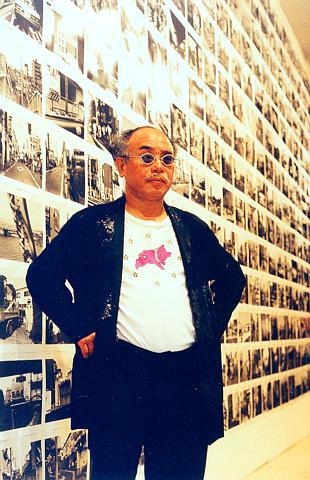
PHOTOS: COURTESY OF NOBUYOSHI
The current exhibit, however, is not concerned so much with the line between obscenity and art. "Araki ALive" is about the photographer as a documenter of his own life. The Araki of this exhibition is one who photographs everything he does and everything he sees.
If the images he displays are coarse, that's because his own experience is coarse. Araki's is a universe of cityscapes, street life, anonymous faces, and, yes, erotic moments. He shows both the beautiful and the banal. Sometimes he even takes the risk of disregarding aesthetics.
In a statement accompanying the exhibition, Araki says, "to keep this thing going for a long time, you just have to carry on taking photographs ... photography is my teacher. The main thing is to keep on taking photographs -- forever and ever." Embracing photography as a way of life also helped Araki cope with the death of his wife, Yoko, in 1990; it gave him the "impulse to carry on.''
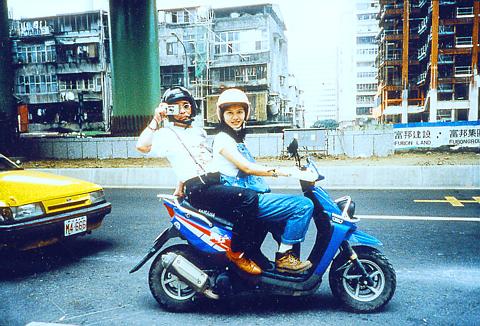
The photos lining the walls of the Fine Arts Museum have come from a recent tour of eight Asian cities, including Taipei. The Taiwan pictures offer a sidewalk view of the island. They include shots from taxis, binglang girls, scooters, male burlesque dancers, traffic, Lee Teng-hui on TV, and naked women. But even though the island is a new location for Araki, the subjects are still the same old inhabitants of Araki's world. As such, there is a tremendous consistency to all the images.
In many ways, the exhibition displays a photographic stream of consciousness. That's why Araki and his curator, Akiko Miki, created special formats for arranging the pictures in groups and clusters. Photographs are displayed in several different ways: large wall-sized grids, horizontal bands, books, CD-ROM, and an eponymous slide show, Arakinema. No image is shown by itself. The pretense that a photograph can objectively describe frozen moments has been discarded. Araki's photographs impress through juxtapositions and sheer volume.
In many ways, seeing this show is like flipping through a pile of photos Araki has just brought home from the lab. It is about how people relate to multiple images, about how single images are losing power in the era of image inundation and one-hour processing. At the same time, however, the pile of photos also implies a more troubling question: how many pictures does it take to capture a life?
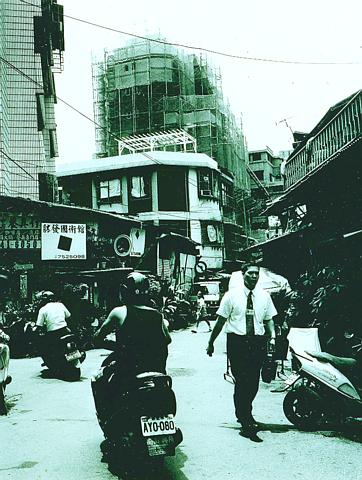
With over 100 books to his credit, Araki has still not succeeded in that quest. But there is always more living and photographing to be done. For now, Araki has shown that he is still alive, with all that entails.
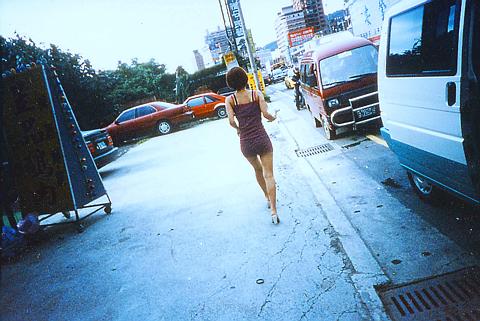

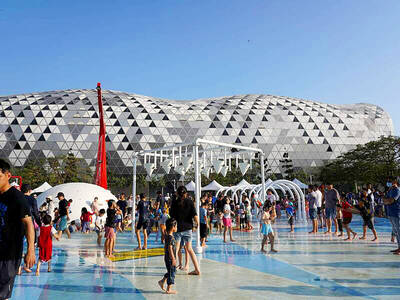
The Taipei Times last week reported that the rising share of seniors in the population is reshaping the nation’s housing markets. According to data from the Ministry of the Interior, about 850,000 residences were occupied by elderly people in the first quarter, including 655,000 that housed only one resident. H&B Realty chief researcher Jessica Hsu (徐佳馨), quoted in the article, said that there is rising demand for elderly-friendly housing, including units with elevators, barrier-free layouts and proximity to healthcare services. Hsu and others cited in the article highlighted the changing family residential dynamics, as children no longer live with parents,

The classic warmth of a good old-fashioned izakaya beckons you in, all cozy nooks and dark wood finishes, as tables order a third round and waiters sling tapas-sized bites and assorted — sometimes unidentifiable — skewered meats. But there’s a romantic hush about this Ximending (西門町) hotspot, with cocktails savored, plating elegant and never rushed and daters and diners lit by candlelight and chandelier. Each chair is mismatched and the assorted tables appear to be the fanciest picks from a nearby flea market. A naked sewing mannequin stands in a dimly lit corner, adorned with antique mirrors and draped foliage

The election of Cheng Li-wun (鄭麗文) as chair of the Chinese Nationalist Party (KMT) marked a triumphant return of pride in the “Chinese” in the party name. Cheng wants Taiwanese to be proud to call themselves Chinese again. The unambiguous winner was a return to the KMT ideology that formed in the early 2000s under then chairman Lien Chan (連戰) and president Ma Ying-jeou (馬英九) put into practice as far as he could, until ultimately thwarted by hundreds of thousands of protestors thronging the streets in what became known as the Sunflower movement in 2014. Cheng is an unambiguous Chinese ethnonationalist,

I was 10 when I read an article in the local paper about the Air Guitar World Championships, which take place every year in my home town of Oulu, Finland. My parents had helped out at the very first contest back in 1996 — my mum gave out fliers, my dad sorted the music. Since then, national championships have been held all across the world, with the winners assembling in Oulu every summer. At the time, I asked my parents if I could compete. At first they were hesitant; the event was in a bar, and there would be a lot